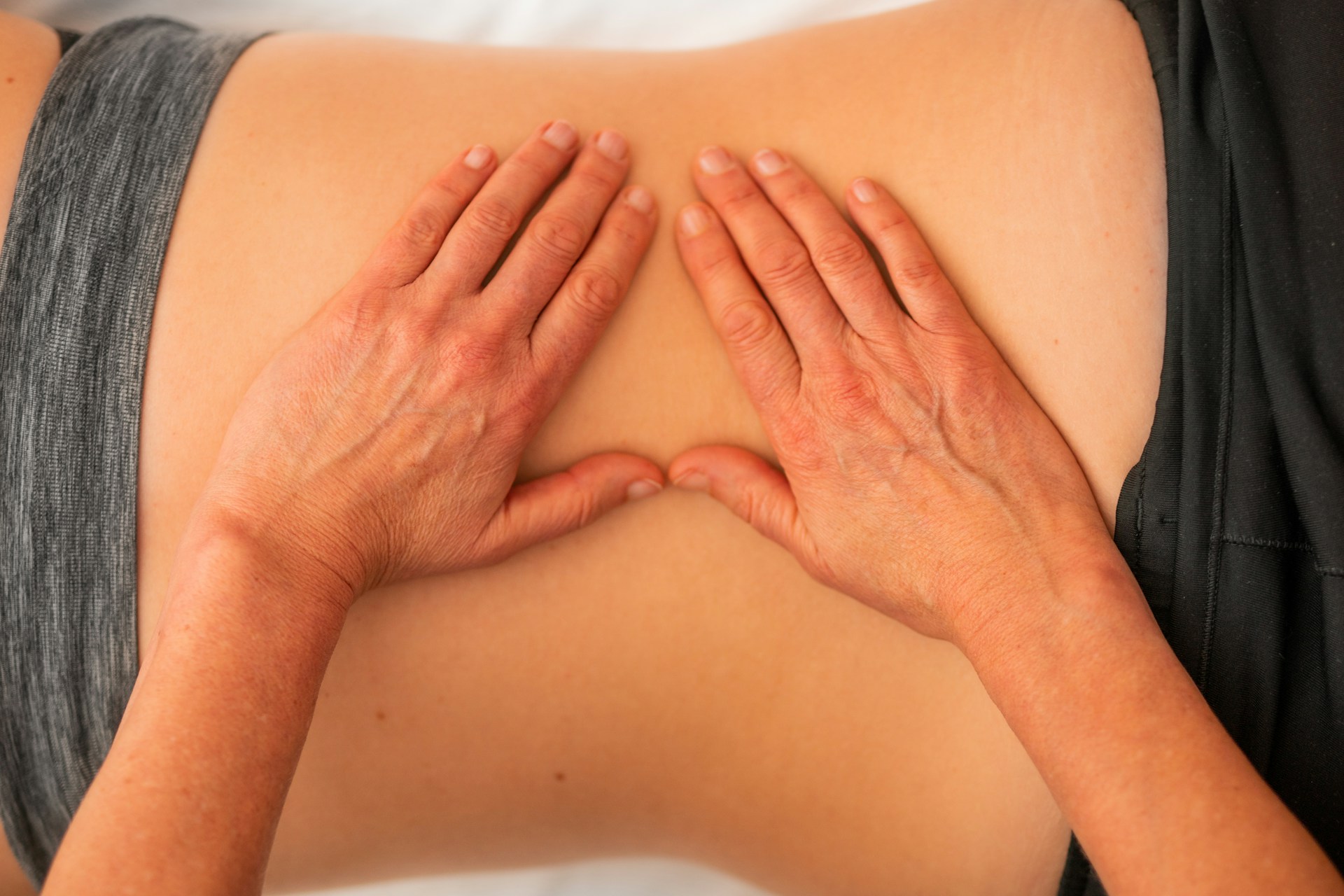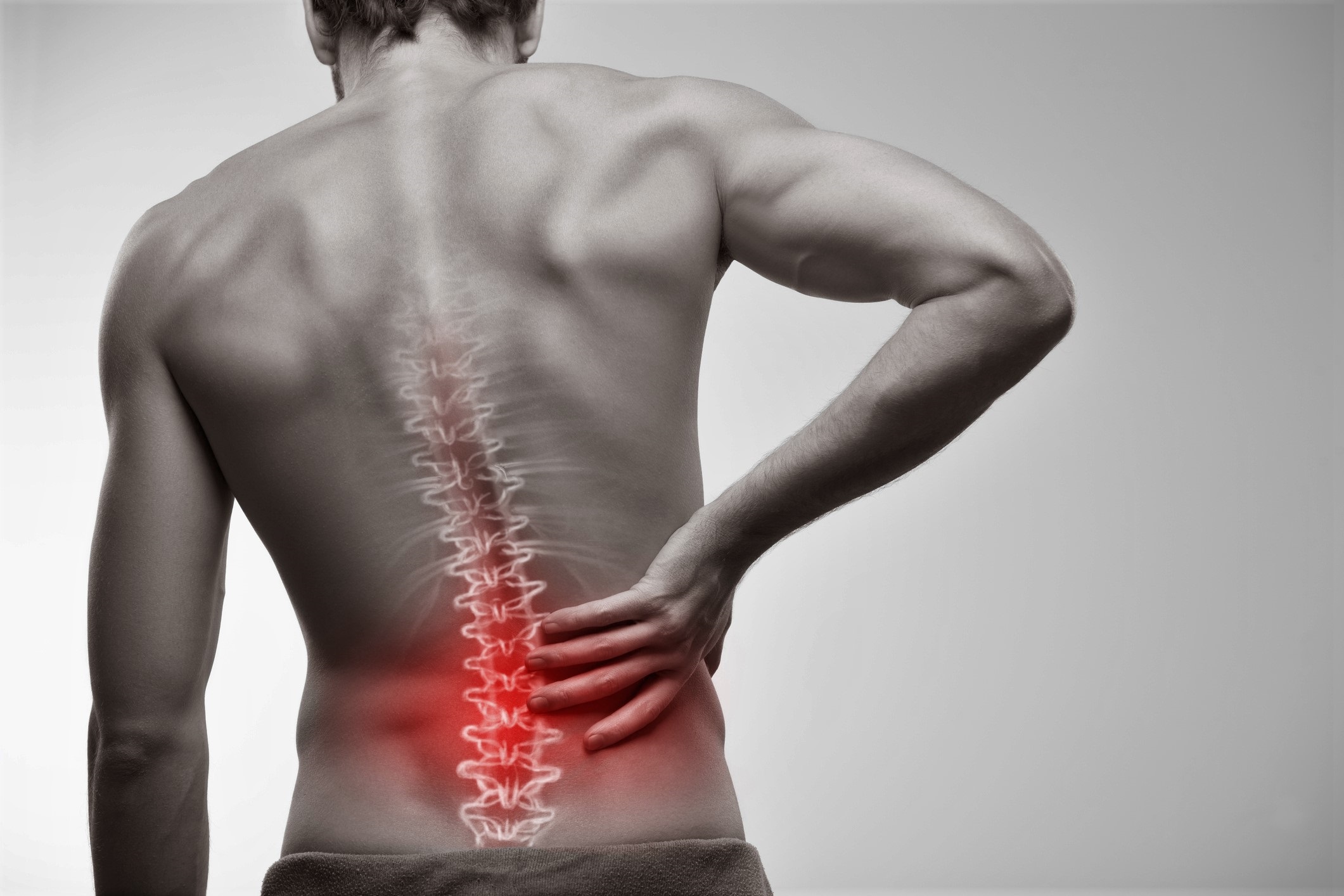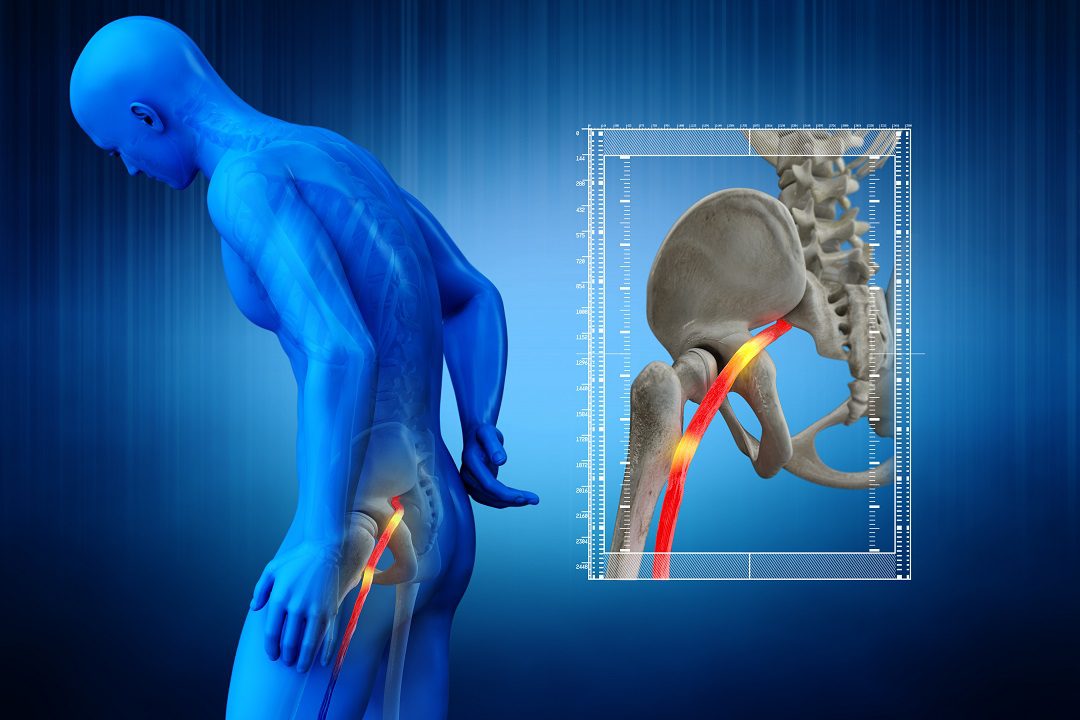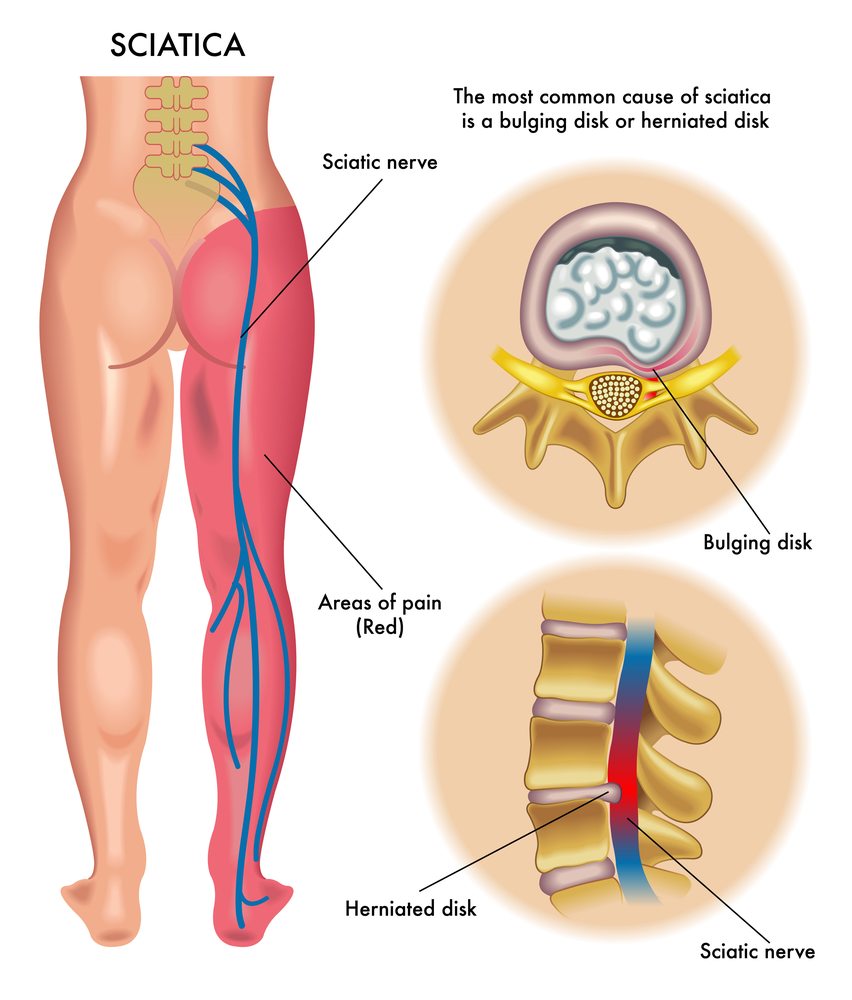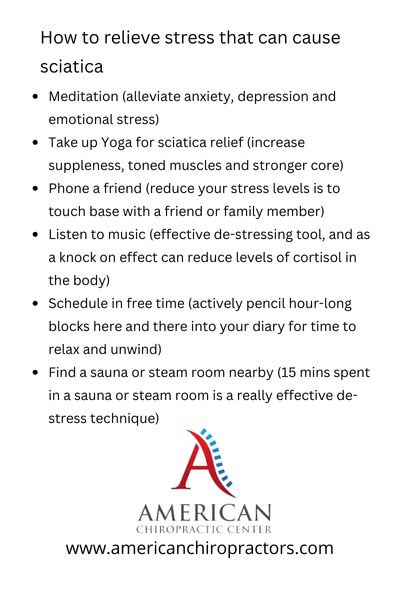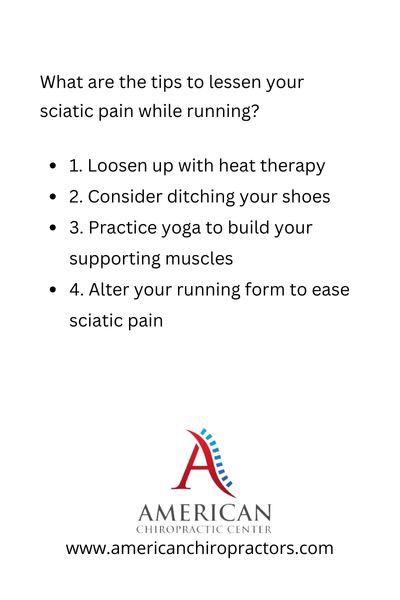Sciatica
Can Sciatica Cause Knee Pain

Oh, the agony! One minute, you’re bopping around like a kangaroo and the next, your knee is howling like a banshee. Is it just a creaky joint, or is sciatica the culprit behind the curtain?
Read more about Can Sciatica Cause Knee Pain
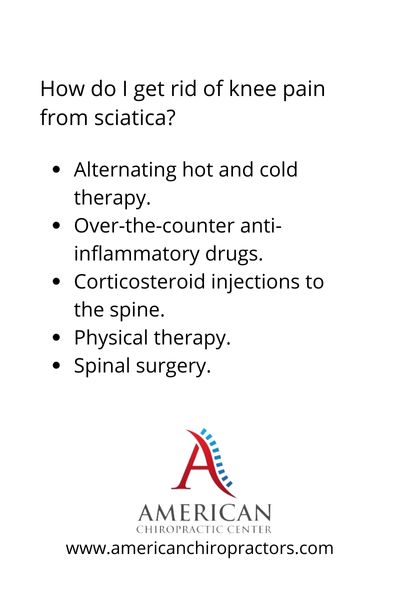
Let’s dive into the murky waters of sciatica and its lesser-known partner in crime – knee pain.
More about Can Sciatica Cause Knee Pain

What’s the Deal with Sciatica?
Defining Sciatica
Put simply, sciatica is like that uninvited party guest who just won’t leave. It’s nerve pain that comes from the lower spine, blazing a trail through the buttocks, down the legs, and sometimes even reaching the foot. Quite the overachiever, isn’t it?
Causes of Sciatica
Herniated Disc: Ever heard of a slipped disc? It’s like the lumbar spine’s version of a wardrobe malfunction. When a disc herniates, it can press on the sciatic nerve. Ouch!
Spinal Stenosis: A narrow spinal canal cramps the style of the nerve roots, causing pain.
Piriformis Syndrome: The piriformis muscle throws a tantrum and compresses the sciatic nerve. It’s like a mini-wrestling match in your buttocks.
Bone Spurs: These bony projections can form on the spinal joints and play pinball with your nerves.
Typical Sciatica Symptoms
Shooting Pain: Like a bolt of lightning down your leg.
Numbness & Tingling: Pins and needles, anyone?
Muscle Weakness: Suddenly, your leg feels like a wet noodle.
Knee Pain 101
What is Knee Pain?
We’ve all been there – kneeling down feels like an advanced yoga pose. The knee is complex, and when the pain hits, it hits hard.
Causes of Knee Pain
Arthritis and Osteoarthritis: The classic knee nemeses.
Sports Injuries: Too much hustle on the court.
Ligament Injuries: When your knee’s inner architecture goes haywire.
Common Symptoms
Swelling of the Knee: It’s like your knee is trying to impersonate a balloon.
Decreased Stability: Doing the cha-cha involuntarily.
A Dull Ache: Like a constant, annoying background noise.
The Entangled Web: Sciatica and Knee Pain
Is There a Connection?
Now let’s cut to the chase: Can sciatica cause knee pain? The answer is a resounding yes. How, you ask? Through referred pain. It’s like when your tummy aches, but you feel it in your back. The sciatic nerve and knee are like distant relatives that share a family curse.
Medical Journals Weigh In
Research and medical journals have documented cases where patients experience sciatica pain in the knee. It’s as if the pain takes the scenic route, passing through the hamstrings and saying, “Why not stop by the knee for a visit?”
Real People, Real Pain
Ask around, and you’ll find countless tales of woe from those who’ve experienced this dynamic duo. It’s like sciatica, and knee pain are an inseparable, albeit unwelcome, tag team.
Management and Treatment: The Pain-Be-Gone Toolbox
For Sciatica
Physical Therapy: A physical therapist can be your new best friend. They’ll work on muscle groups and exercises to relieve pain and make sure your back’s got your back.
Hot and Cold Therapy: It’s like a spa day for your sciatica. Warm sensation followed by cold therapy can work wonders.
Medications: Sometimes, you need a little pharmaceutical backup.
For Knee Pain
RICE: Rest, Ice, Compression, and Elevation – the classic knee TLC.
Physical Therapy: Yes, again. PT is like the Swiss Army knife of health care.
Pain Relief Medications: For when your knee needs a break.
Prevention is Key
Stretch those Hamstrings: Tight hamstrings can aggravate both sciatica and knee pain.
Mind Your Posture: Sit up straight, as if your grandma is watching!
Stay Active: Keep moving, but don’t overdo it. It’s a delicate dance.
Take the Bull by the Horns
There you have it! Sciatica and knee pain can be like those pesky neighbors that always stick together. But fear not! With an arsenal of treatments, a dash of prevention, and a sprinkle of knowledge, you can tackle them head-on.
So, stand tall, keep that chin up, and show that sciatica and knee pain who’s boss! And remember, when in doubt, don’t be shy about reaching out to a healthcare professional. Your future self will thank you.
FAQs
Can sciatica cause knee pain?
Absolutely! Sciatica can cause knee pain through referred pain. It’s like the pain is a traveler taking multiple stops.
How can I relieve sciatica-related knee pain?
You might want to try physical therapy, medications, or even hot and cold therapy. Don’t forget an accurate diagnosis is key!
Can exercises help?
Yes! Exercises, especially those targeting the hamstrings and lower back, can be really helpful. But do consult a professional first.
Is surgery necessary for sciatica or knee pain?
Not always. Surgery is usually the last resort when all else fails. There are minimally invasive procedures available, but it’s best to exhaust other options first.
What is acute sciatica and how is it different from chronic sciatica?
Acute sciatica is like a short but intense thunderstorm of pain that lasts for less than six weeks. Chronic sciatica, on the other hand, is more like a lingering drizzle that lasts for 12 weeks or more. Both can cause knee pain, but chronic sciatica can be particularly grating as it sticks around much longer.
Is there a difference between a burning sensation and general sciatica pain?
Yes, there is! A burning sensation feels like your leg is on a slow roast, whereas general sciatica pain can be sharp, dull, or even feel like electric shocks. It’s as though your nerves have a spicy menu of sensations to choose from!
What’s the main cause of sciatica that might be causing knee pain?
The most common culprit is a herniated lumbar disc in the lower back. Imagine your spine as a stack of doughnuts; if the jelly filling spills out, it can press on the sciatic nerve. This can cause pain to radiate through the hip down to the knee.
Are there any diagnostic tests to determine if my knee pain is caused by sciatica?
Indeed! Healthcare professionals often use MRI scans and physical examinations to decipher the enigma of your pain. They’re like detectives for your body’s mysteries.
Can tight hamstrings from sciatica cause me to experience pain in my knee?
Oh, you bet! Hamstring tightness can tug on your knee joint, causing a world of discomfort. It’s like your hamstrings are pulling on a rope, and your knee is on the other end.
How can degenerative disc disease contribute to sciatica and knee pain?
Degenerative disc disease is like a clock winding down. As discs in the spine age and wear down, they can cause nerve compression. This grumpy old man of a condition can lead to sciatica and, consequently, knee pain.
Is it possible for sciatica to cause pain in areas other than the knee, like the hip or lower leg?
Absolutely! Sciatica is a roaming troublemaker and can cause pain in the hip, lower leg, or even the foot. It’s as if it’s on a road trip down your nerve pathways.
Can a knee injury exacerbate sciatica symptoms?
Yes, a knee injury can make your sciatica sing the blues. The body is a bit of a drama queen sometimes and reacts to one pain by ramping up another. It’s essential to address knee injuries promptly to keep sciatica at bay.
Are future flare-ups of sciatica likely to cause recurrent knee pain?
Unfortunately, yes. Once you’ve danced with sciatica, it’s more likely to ask for another waltz. Managing your health with exercises and posture adjustments can help keep the encore to a minimum.
How can nerve compression in the spine cause pain in my knee?
Nerve compression in the spine is like a traffic jam that reroutes pain signals. When the sciatic nerve is compressed, the pain decides to take a detour, sometimes all the way to the knee.
Is it common to experience lower back pain along with knee pain when dealing with sciatica?
It sure is. Lower back pain is like the opening act for sciatica’s main performance, and knee pain can be an unexpected encore. They’re not the trio you want to see, but sometimes they come as a package deal.
Can a pinched nerve in my lower back be the cause behind sciatica and knee pain?
Yes, absolutely. A pinched nerve is like a kink in a garden hose, disrupting the flow. In the case of sciatica, the pinched nerve often causes pain that shoots down to the knee.
Does prolonged sitting have a role in causing sciatica-related knee pain?
You betcha! Prolonged sitting is like throwing a welcome party for sciatica. The pressure on your sciatic nerves increases, and they might just decide to invite knee pain to join the festivities.
What’s this radiating pain in my leg? Is it related to sciatica and knee pain?
Radiating pain is like a mischievous sprite hopping down your leg. It’s a hallmark of sciatica, and it loves to bring knee pain along for the ride.
I’m a runner and recently developed knee pain. Could this be runner’s knee or is it related to sciatica?
It could be either or both – like an unwelcome double feature. Runner’s knee usually involves pain around the kneecap, while sciatica-related knee pain might be accompanied by lower back discomfort. Seeing a healthcare professional can help you pinpoint the culprit.
What is sciatic knee pain and how is it different from other types of knee pain?
Sciatic knee pain is like a relative of the sciatic nerve sending you an unpleasant postcard in the knee. It’s often accompanied by lower back pain, whereas other knee pains might be due to injuries or arthritis in the knee itself.
Are there common causes of sciatica that lead to knee pain?
There are a few usual suspects, including herniated discs, spinal stenosis, and even prolonged sitting. It’s like these causes are forming an unruly gang that conspires to torment your sciatic nerves and knees.
How are the sciatic nerves implicated in knee pain?
The sciatic nerves are like superhighways running from your lower back to your feet. When something goes haywire in the lower back, the pain can travel down this highway and take an exit at your knee.
What are the most common symptoms of sciatica that are related to knee pain?
Alongside knee pain, you might experience a traveling band of pain from the lower back to the knee, tingling like pop rocks, and weakness that makes your leg feel like a limp noodle.
How can I treat sciatica to alleviate the related knee pain?
Treating sciatica is like assembling a toolkit. Physical therapy, medication, and lifestyle changes can be your trusty tools for sending sciatica and knee pain packing.
Does an issue with the spinal cord itself contribute to sciatica and subsequent knee pain?
Quite possibly. Imagine the spinal cord as the grand central station of nerves. If there’s a hiccup, such as compression, it can cause delays and rerouting of pain to places like the knee.
Would spine surgery be a reasonable solution to address sciatica causing knee pain?
Spine surgery is like calling in the big guns – it’s usually reserved for cases where other treatments have sung their swan song. It can be effective but comes with its own set of risks and rewards.
How can I identify the underlying cause of my sciatica and knee pain?
Putting on your detective hat and consulting a healthcare professional is the way to go. Through a series of examinations and tests, you can unearth the culprit behind the mischievous duo of sciatica and knee pain.
| Related Term | Definition |
|---|---|
| Dry Needling | Dry needling is a technique where thin needles are poked into muscle knots. It can be used to calm muscles tightened by sciatica, sometimes relieving knee pain. |
| Epidural Steroid Injections | These are injections of anti-inflammatory medication into the spine that can reduce inflammation caused by sciatica, sometimes providing relief for knee pain. |
| L4 Radiculopathy | When the fourth lumbar nerve root is compressed, it can cause sciatica and pain that radiates down to the knee. |
| Myofascial Release | A hands-on technique applying gentle pressure to myofascial connective tissues to relieve tightness, which can alleviate sciatica and subsequent knee pain. |
| Neck Pain | Discomfort in the neck area, which, through imbalanced posture, can sometimes exacerbate sciatica and result in knee pain. |
| Ankle Pain | Discomfort in the ankle, which, if causing an altered gait, can sometimes lead to sciatica and knee pain. |
| Pain Management | A variety of strategies to reduce or manage pain levels. It can help control pain when sciatica and knee pain occur together. |
| Parkinson’s Disease | A nervous system disorder that affects movement. Changes in posture and muscle stiffness due to Parkinson’s can sometimes lead to sciatica and knee pain. |
| Patellofemoral Stress Syndrome | Pain around the kneecap due to overuse or injury. It can exacerbate knee pain when coupled with sciatica. |
| Chiropractic Care | Manipulation of the spine and joints to align the spine, which can alleviate sciatica and, in turn, reduce knee pain. |
| Chronic Pain | Long-lasting discomfort that, in the case of sciatica, can become chronic and bring knee pain along. |
| Graston Technique | A technique using specialized instruments to massage and scrape the skin gently. It can break down scar tissue, potentially relieving sciatica and taking the load off the knee. |
| Nerve Irritation | When nerves are aggravated, as in the case of the sciatic nerve, it can cause pain that radiates down to the knee. |
| Runner’s Knee | Pain around the kneecap is often seen in runners. Sciatica can contribute to an imbalance in gait, which can lead to a runner’s knee and add to knee pain. |
| Sacroiliac Joint | The joint connecting the lower spine to the pelvis. When it’s not functioning properly, it can irritate the sciatic nerve and sometimes lead to knee pain. |

Doctor Osvaldo Pepa, Neurosurgery Service Physician at Hospital San Martin, La Plata, Argentina. I graduated last November 16, 1984 with a Medical Degree at the Universidad Nacional de La Plata. The Medical Board of La Plata, District 1, licensed me as a Neurosurgeon in 1990. I hold a Provincial and National License and an active member of the Neurosurgery Society of La Plata, World Ozone Therapy Federation, and Inter American Society of Minimally Invasive Surgery.













